Retail footfall plummeted to an all-time low in April, as shoppers adhered to lockdown restrictions and stayed at home.
Footfall across all locations declined to an unprecedented level in April, down 80.1% year on year according to Springboard.
Retail parks fared the best due to the presence of large essential stores, with a decline of 68.1%. High streets and shopping centres saw an 83.3% and 84.8% drop in footfall respectively.
Despite lockdown restrictions, the second half of the month saw a slight uptick in footfall, averaging a 77.4% decline in weeks three and four, compared with 81.4% in the first two weeks.
The 20 high streets with the most modest drops in footfall in April, which each recorded less than a 60% decline, were all small centres.
In contrast, the 20 high streets with the greatest drops in footfall, which average 89.7%, comprise large towns and major city centres such as Liverpool, Manchester and London.
Springboard’s marketing and insights director Diane Wehrle said: ”Whilst this is somewhat inevitable given the closure of all but essential stores, it is perhaps indicative of consumers getting into a new rhythm around shopping and working from home.
”Additionally, the overriding focus on safe shopping and the greater emphasis on community that has come to the fore means that trips to larger towns and cities have been curtailed.
“Indeed, it is the first evidence available that suggests how consumers may respond to easing of restrictions. In contrast to pre-coronavirus days, when small high streets were facing an increasing struggle to attract shoppers, the path of recovery for retail may well be led by smaller high streets, which can offer both safety and community benefits.
“For larger destinations, the emphasis on safety suggests that those environments that have the capability to control shopper numbers – such as retail parks and shopping centres – will be the next phase of recovery, followed by large towns and cities, which inevitably face issues around pedestrian congestion.”




















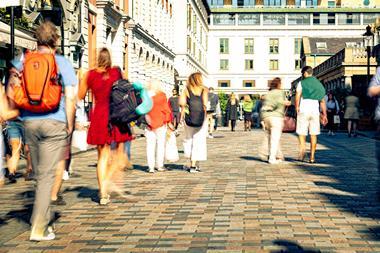
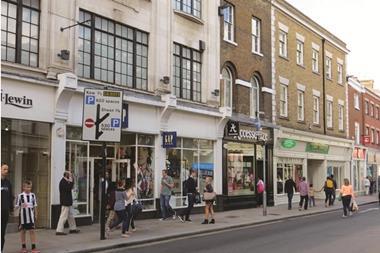

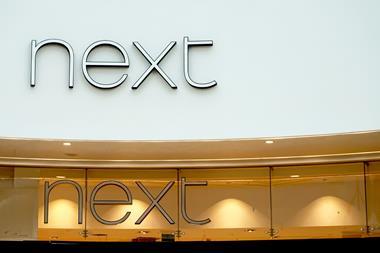
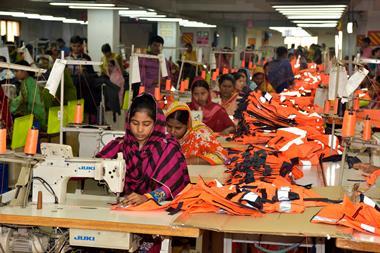
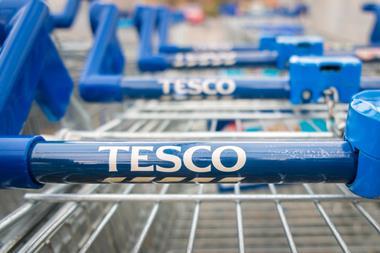
No comments yet